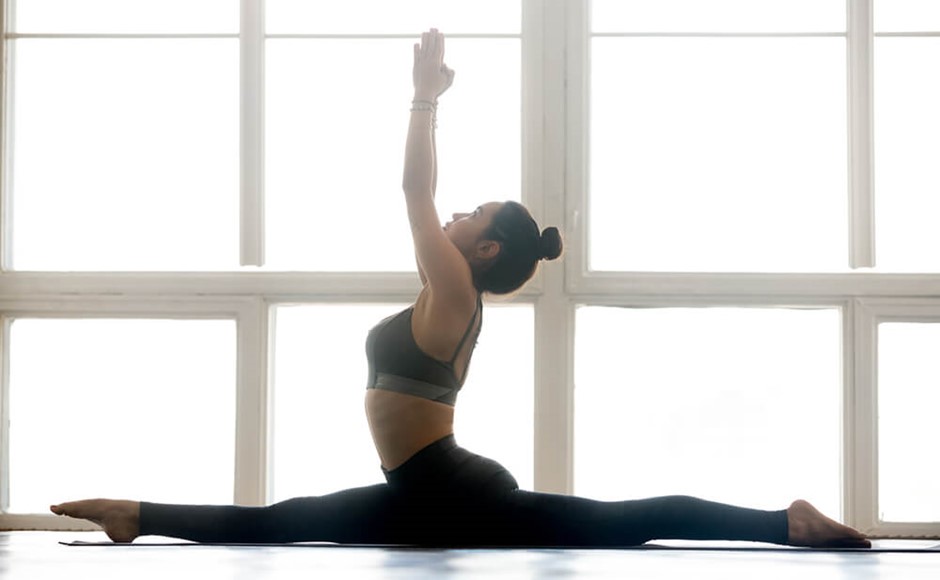How to carry out Hanumanasana
Do you know the hanumanasana position? here we explain how to carry it out it and what it means.
Meaning of the word Hanumanasana
In Sanskrit, hanuman means “monkey” and asana means “position”, therefore this asana literally means “the position of the monkey”.
According to Hindu mythology, Hanuman is the chief god of monkey warriors and a great friend of Rama, an alter ego of the god Krishna, the personification of goodness. When Rama’s wife Sita is kidnapped by an evil demon, Hanuman helps Rama save her.
According to the legend, during their quest to find Sita they go as far as the island of Sri Lanka. to reach there Hanuman made a single leap and this position is intended to recall the incredible leap that the god Hanuman made from the coasts of southern India to reach the island.
How to carry out hanumanasana
Hanumanasana position is a polar position, that is, it works on the two energy aspects of the body: the yin, feminine, lunar one and the yang, masculine, solar one. It is therefore important, to keep these two aspects balanced (both from a physical and energetic point of view), to perform the position for the same duration on both sides.
- Before performing this position, warm yourself up well in order to avoid strains or other injuries, the whole body must be warmed up but specifically hips and legs.
- Kneel on the mat, place your left foot on the floor about 15-20 cm in front of your right knee and rotate your left thigh outwards, lifting the ball of your left foot slightly off the floor.
- Exhale and bring your torso forward leaning on the ground with your hands. Slowly slide your right knee back as you slide your left foot forward along the mat. Stop just before you reach the maximum stretch point your tendons allow you.
- Begin to push your left heel forward and slowly bring your thigh forward and inward (countering the outward rotation you made earlier). Make sure that the left kneecap is well aligned and tends upwards. Continue lowering both legs towards the floor.
- Try to check that the back leg is also well aligned with the hip and not pointed outward and that the kneecap is directly touching the mat. Keep the front leg active with foot flexed, heel touching the ground and toes pointing up.
- If you are an experienced practitioner who can maintain balance without placing your hands on the ground, bring your hands to your chest in Anjali Mudra or stretch your arms straight up, otherwise this is your final pose. To stay balanced, if you are unable to perform a complete split, place cushions under the pelvis to form a stable support, even blocks that are not too hard are fine
- This is the final position. Stay in this pose for at least 20-30 seconds or as long as you can without much effort
- To come out of the position, place your hands on the ground, beside your hips, push towards the floor, rotate your front leg slightly outwards and slowly bring your foot and knee back to their initial position.
- At this point switch legs and carry out the same position on the other side, possibly for the same amount of time.
BENEFITS AND CONTRAINDICATIONS OF HANUMANASANA
- Stretches the muscles of the thighs, calves and hips.
- Stimulates the function of the abdominal organs.
- Helps prevent sciatica pain
- Increases the flexibility of the hamstrings in the back of the thighs and in front of the hips.
- Improves the mobility of the spine.
- be careful, however, if you have recently pulled a ligament or tendon, or if you have had piriformis problems
- it is also not suitable for beginner students or for those who have just started
If you like yoga and would like it to become your profession, take a look at our online training courses


Leave A Comment